The first observation to cause concern was the mother's detachment towards the newborns. In fact, the mother stood at a far distance, as though the kids were strange to her. This was not her first delivery, but what we are certain about is that she had difficulty delivering the index twins. My mom, a retired nurse, had worn gloves in preparation for an assisted delivery through manipulation of the kid goats, but luckily, both kids were eventually delivered without assistance.
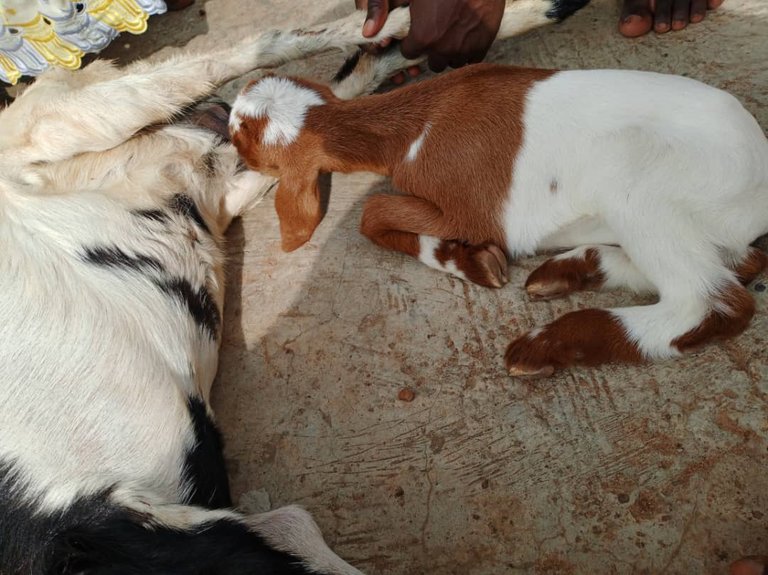
We know that every newborn requires breast milk at least thirty minutes after delivery, especially the foremost milk as it is obtained in humans, which is referred to as colostrum. As much as I was empathetic with the mother for the safe delivery, the innocent kid goats needed to be fed, of which the mother was not willing or even avoiding. We had to hold the mother while she fed and ensured the newborn goats were equally fed. Unfortunately, we lost one of the kid goats, the second twin, who was less active. This was probably complicated by the milk served them by my family as a result of empathy and thus an intervention. We know the guts of newborns are immature and intolerant of external dairy products. The first twin, however, survived, especially as he seemed more active and was able to feed better.
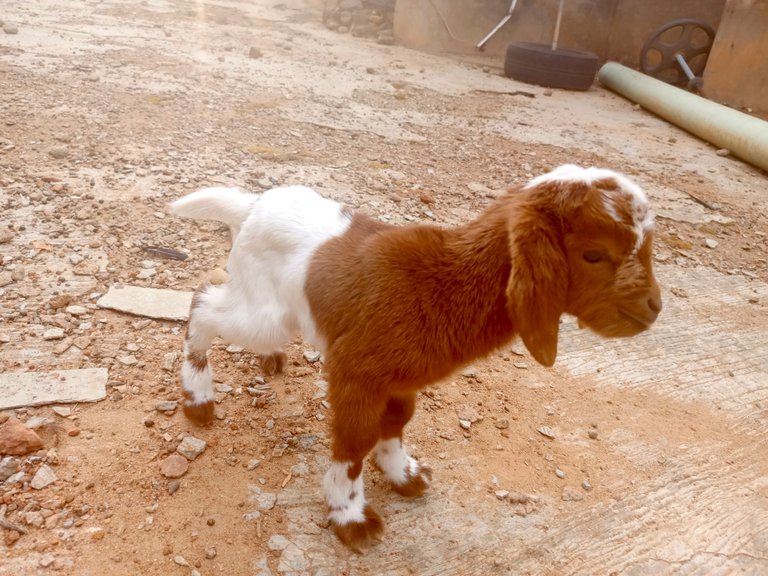
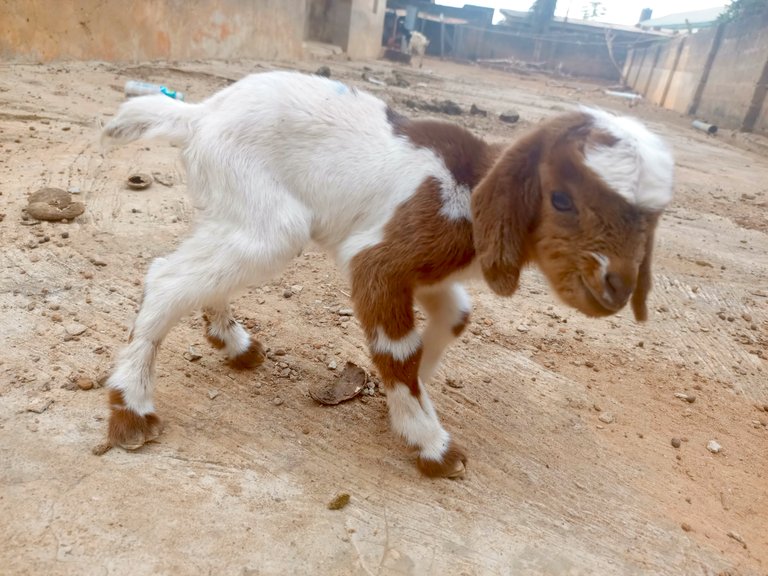
Today, I joined my mom and sister to hold down the mother doe so as to permit the surviving kid goat to feed. The kid goat has not been able to feed on any other meal other than breast milk, which came very rarely. Of course, we may not be able to monitor both mother and kid, but we could deduce that every time we saw both, the mother avoided feeding the kid goat. In fact, she cared less whenever we carried the kid goat and would stand only at a distance, watching us.
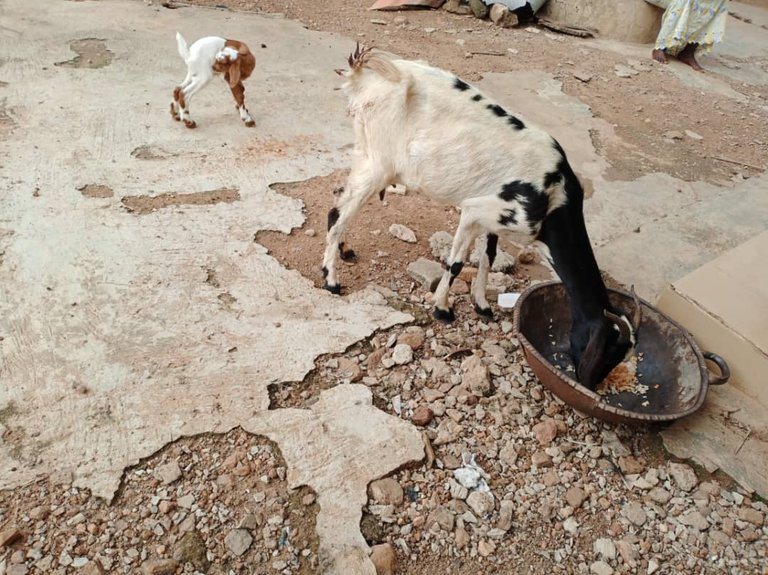
Every mother needs to bond with the child, and breastfeeding is one of those ways to establish and maintain bonding. This bonding has been lacking since delivery, and unless we confine both mother and kid goat, they may not enjoy ample time together.
I noticed today that the breasts were not as full as I would expect, and though while we manipulated the position for breastfeeding, the milk didn't flow freely. Thus, beyond the problem of bonding, I think there is inadequate lactation. The mother was given metronidazole yesterday upon the advice of a livestock farmer, while another veterinary doctor prescribed NAN milk for the kid goat. A can of NAN milk costs nothing less than ₦6, 000, which is going to be huge. For now, we have made it a duty to position the mother for breastfeeding at least twice in a day, which the kid goat has been enjoying voraciously.
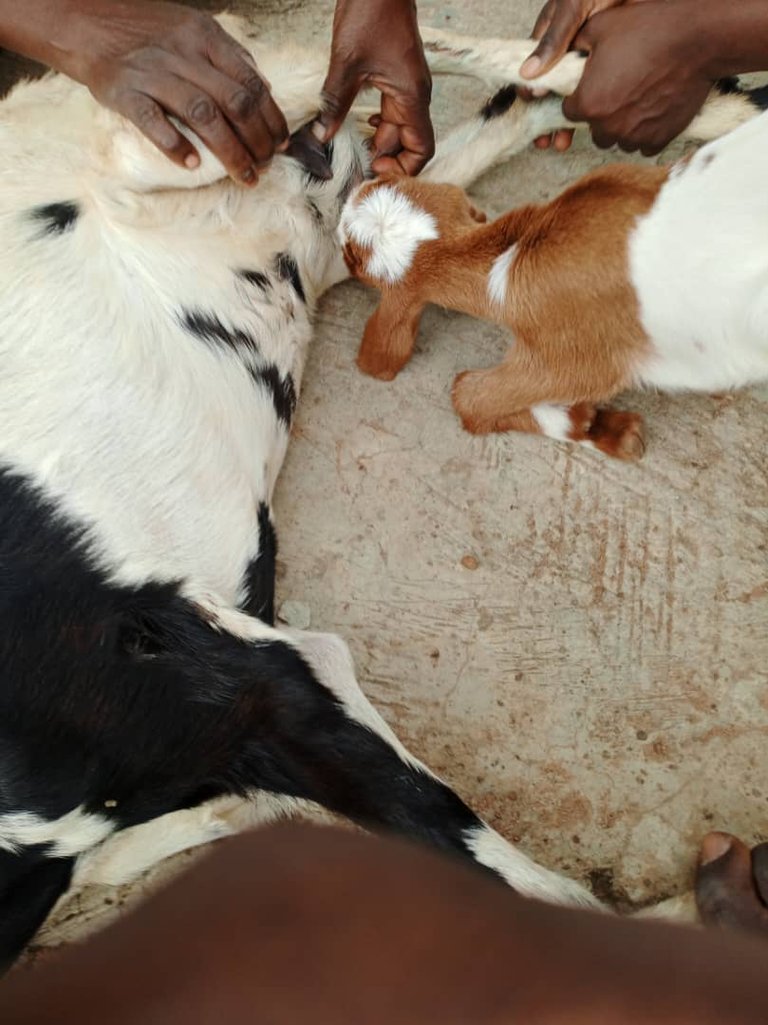
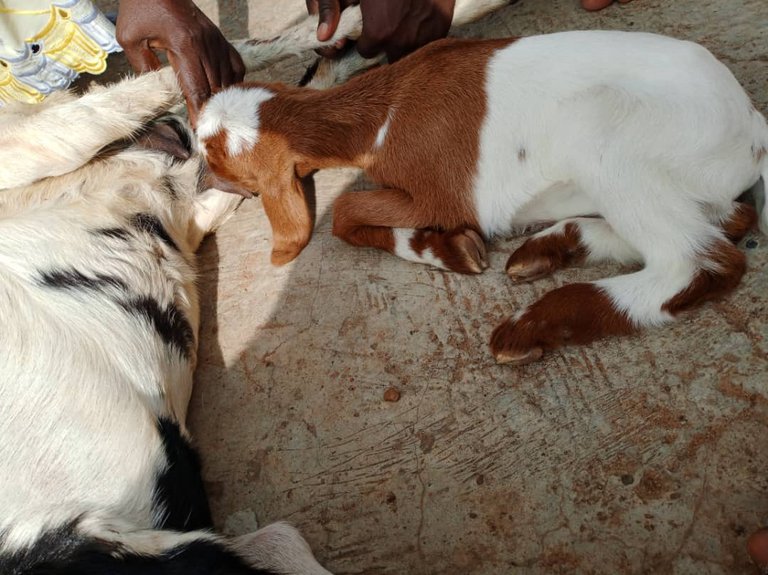
We had to hold the mother goat down and position the kid goat for feeding. He fed voraciously as though he had been starved. The mother was not comfortable as she tried to stand up severally. Here, we have a surviving kid goat to save, as I would not consent to complementary or supplementary meals, especially at this stage. My younger sister asked me for how long we would continue this method, but my response was, 'as long as would be needed to keep the kid goat alive'.

My next line of action is to give the mother a tablet of metoclopramide (also known as Plasil), as this is used in humans to stimulate lactation. Hopefully this works and lactation is improved. Nonetheless, we'll continue to ensure the kid goat is fed to an age he can tolerate other feeds. Of course, the kid goat remains at risk of malnutrition which may even predispose him to early infections yet, we hope our intervention would save the situation
It has always been taught that man is a higher animal, and we have some similarities with animals even though we are more advanced. The experience of the goat has brought significant empathy, coupled with my experience in the obstetrics and gynecology fields. A significant resemblance shows that animals equally experience difficult deliveries and could exhibit a form of detachment from their newborn kids.
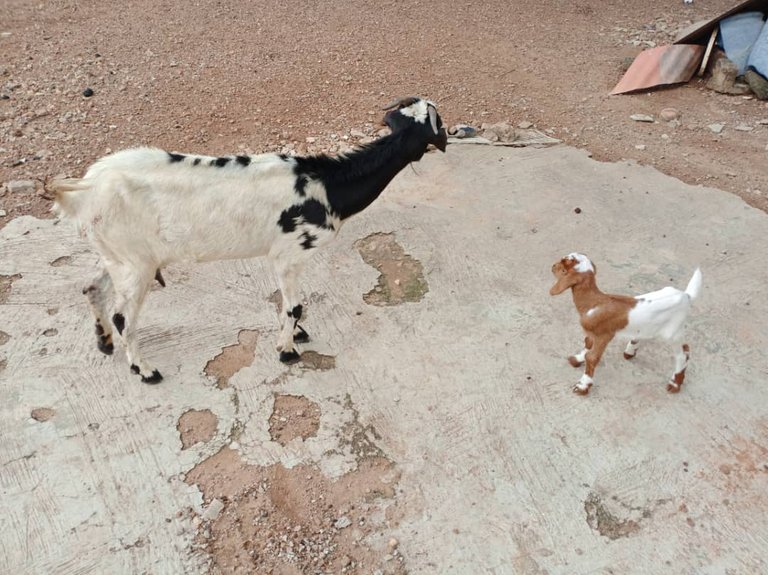
Thank you for reading. I would love to have your comments and contributions.
Posted Using InLeo Alpha
